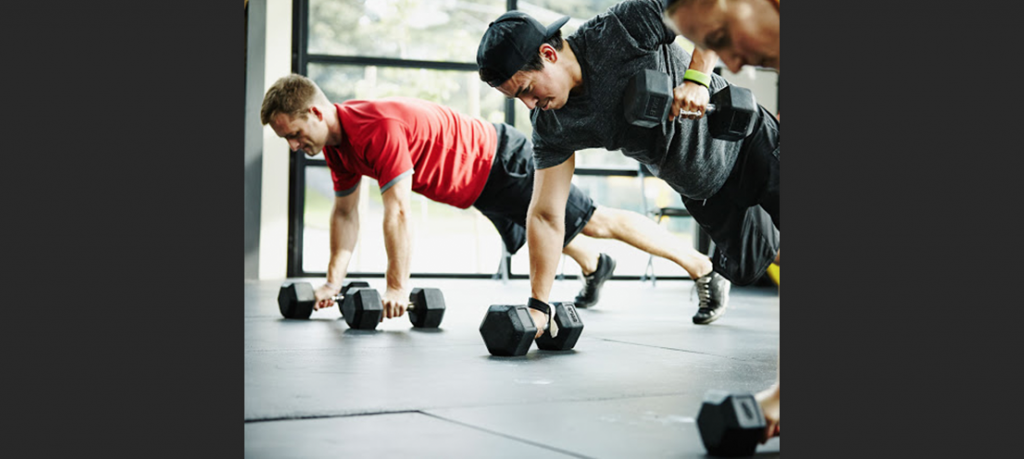By Thomas J. Ryan
The sporting goods industry showed some resilience in 2019. SFIA’s 2020 Manufacturers’ Sales Report* showed overall U.S. sports and fitness products industry revenues grew 3.9 percent in 2019, accelerating from 2.3 percent growth in 2018.
Even more impressive was that unlike most years, when sports and fitness sales patterns tend to mimic GDP growth, the industry in 2019 far outpaced the national GDP in a year when GDP growth slowed. U.S. GDP growth was 2.3 percent in 2019 compared to 2.89 percent in 2018.
Total sports equipment, apparel, licensed merchandise and footwear categories reached $95.9 billion, up from $92.3 billion a year ago. The 3.9 percent increase was far ahead of gains in recent years, including not only 2.3 percent in 2018 but 2.9 percent in 2017 and 2.0 percent in 2016.
…
SFIA’s report measures U.S. wholesale revenues across five major categories, 34 subcategories, with nearly 150 various breakdowns.
Every major category reported growth, led by athleisure. Fitness apparel was up 6.5 percent, to $559.6 million with similar growth found in tops and bottoms. Signs of athleisure’s continued momentum is underscored by Lululemon which, in mid-January, predicted total same-store sales would run up in the mid- to high-teens on a constant dollar basis in the fourth quarter. Similarly, Nike saw women’s sportswear apparel revenues grow double-digits in its fiscal second quarter ended November 30.
Overall branded athletic apparel sales were up 4.6 percent to $17.9 billion. Outperforming sub-categories included fleece/sweats, up 8.9 percent; sports bras, 5.9 percent; outerwear, 5.5 percent; and shirts/tops, 5.0 percent. Branded socks underperformed, up only 1.1 percent.
Among other major subcategories in apparel, performance apparel sales grew 4.2 percent to $1.95 billion, branded activewear expanded 1.1 percent to $15.9 billion and team sports uniforms added 3.4 percent to $1.34 billion. Among major sports, baseball uniforms were up 5.3 percent and basketball grew 4.6 percent, while football added only 1.0 percent.
Total sports licensed merchandise sales grew 4.8 percent to $9.1 billion on top of gains of 5.8 percent in 2018 and 3.5 percent in 2017.
The licensed category gained a boost from newness as Nike replaced Adidas as the NBA uniform provider in 2017. Nike also replaced Adidas as the NFL’s on-field apparel provider in 2012. In both cases, Fanatics took over the fan merchandising rights. In 2020, Nike is already causing a stir as it becomes the new uniform supplier for MLB uniforms, replacing Majestic Athletic. Fanatics again was granted broad consumer product licensing rights in the MLB deal.
Total athletic footwear sales grew 4.3 percent to $17.3 billion. The biggest gains were seen in outdoor/adventure, up 9.1 percent; running, 5.3 percent; kids, 6.0 percent; and performance basketball, 4.8 percent.
For the running footwear category, which is drawing significant attention with the arrival of controversial carbon-fiber-plated shoes now out from several brands beyond Nike, the growth accelerated from gains of 1.6 percent in 2018 and 2.1 percent in 2017.
Flattish growth was seen in golf footwear, and declines were found in tennis shoes as well as baseball, football and soccer cleats.
In the sports equipment category, sales overall grew 4.7 percent to $25.06 billion. Some team equipment sales grew due to notable gains in recent years in participation, including volleyball, up 5.6 percent; basketball, 4.6 percent; and baseball/softball, 3.9 percent.
…
According to SFIA’s 2020 Annual Topline Participation Report, participation in basketball in 2019 was up 2.9 percent and is up 3.7 percent over a three-year average. Volleyball participation on court was up 2.7 percent. Baseball participation took a step back, dipping 0.5 percent in 2019 but is ahead 3.8 percent, on average, over the past five years due to grassroots efforts from MLB and other organizations. Fast-pitch softball saw a rebound in core participants (participated more than 26 times a year) in 2019.
Protective gear continues to be a big seller across multiple categories, even in categories where protective gear is new to the market, or sport. Sales increased in the 5 percent range for multiple team sports.
Football equipment sales grew 5.4 percent, helped by growth in helmets as advanced technologies continue to arrive that promise to reduce concussion incidents. The gain came despite a 1 percent decline in overall participants in tackle football in 2019, led by a 7.1 percent drop in core participants (played more than 26 times a year).
In outdoors, camping equipment overall grew 5.9 percent, led by a 14.3 percent hike in coolers/chests with Yeti bringing some attention to the category. The related jugs/containers, helped by HydroFlask’s popularity, grew 10.6 percent; and tents/shelters added 9.0 percent. Snowsports, fishing, golf, and lacrosse all saw healthy gains in equipment sales.
Declining equipment categories included water sports, bowling, in-line skating, racquetball, and paintball.
Consumer exercise equipment, now a $4 billion market, grew by 3.1 percent. With the Pelton-driven at-home fitness craze driving innovation in the space, exercise bikes led the gains, up 8.3 percent. That was followed by rowing machines, ahead 7.3 percent; and home gyms, up 6.0 percent. Treadmills—representing more than a quarter of consumer exercise equipment—showed a healthy 3.0 percent increase.
*SFIA contacts more than 300 industry C-level executives for their estimates of sales in categories they are familiar with. These estimates are refined with phone interviews, research from corporate reports, other industry sales reports and public research. The report is free to all SFIA members.
















